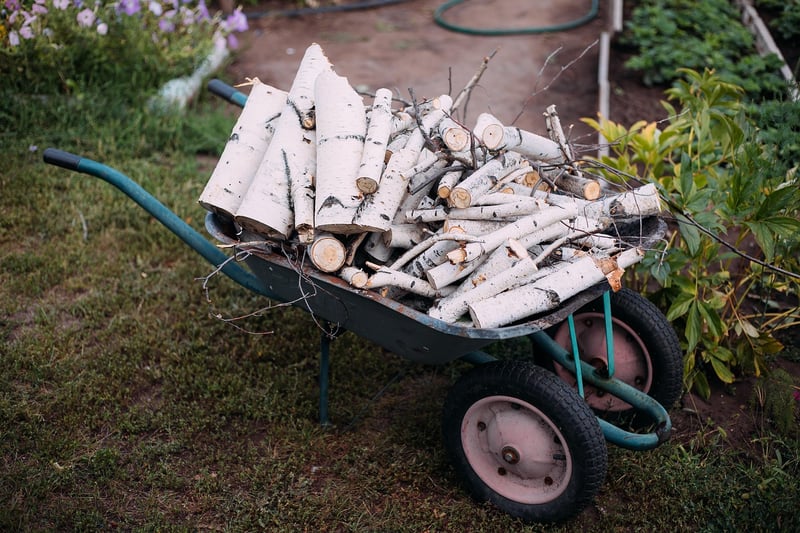Irrigation Setup
Setting Up Your Vertical Garden with an Irrigation System
Introduction
Vertical gardens are a great way to maximize space and create a stunning green oasis in your home or outdoor area. To ensure your vertical garden thrives, setting up an efficient irrigation system is crucial. In this guide, we will walk you through the steps to set up your vertical garden and install an irrigation system.
Step 1: Choose a Location
Find a suitable location for your vertical garden that receives adequate sunlight and is easily accessible for watering and maintenance. Consider factors like light exposure, wind protection, and proximity to a water source when selecting the spot.
Step 2: Select Your Plants
Choose plants that are well-suited for vertical gardening and thrive in your local climate. Opt for a mix of trailing, climbing, and compact plants to create a visually appealing and diverse garden. Consider factors like light requirements and water needs when selecting your plants.
Step 3: Install the Vertical Garden Structure
Set up the vertical garden structure securely against a wall or fence. Ensure that the structure is stable and can support the weight of the plants and the irrigation system. Use hooks, brackets, or a specialized vertical garden system to mount the containers.
Step 4: Set Up the Irrigation System
Installing an irrigation system will ensure that your vertical garden is watered consistently and efficiently. There are various options available, including drip irrigation, soaker hoses, and automated systems. Choose a system that suits your garden size and plant requirements.
Drip Irrigation System
A drip irrigation system delivers water directly to the base of each plant, minimizing water waste and ensuring optimal hydration. Connect the system to a timer to automate watering and maintain consistent moisture levels.
Soaker Hoses
Soaker hoses are porous hoses that release water along their length, providing slow and even watering for your plants. Place the hoses at different heights in the vertical garden to ensure all plants receive adequate moisture.
Automated Systems
Automated irrigation systems can be programmed to water your vertical garden at specific intervals, ensuring your plants receive water even when you're away. These systems often include timers, sensors, and adjustable settings for customized watering.
Step 5: Monitor and Maintain Your Vertical Garden
Regularly check your vertical garden for signs of moisture levels, plant health, and irrigation system efficiency. Adjust the watering schedule as needed based on weather conditions and plant requirements. Prune and fertilize your plants regularly to promote growth and blooming.
Conclusion
Setting up a vertical garden with an efficient irrigation system can transform any space into a lush and vibrant oasis. By following these steps and investing in the right plants and irrigation setup, you can enjoy a thriving vertical garden that adds beauty and greenery to your surroundings.

Start your vertical garden project today and create a stunning green space that enhances your environment!
